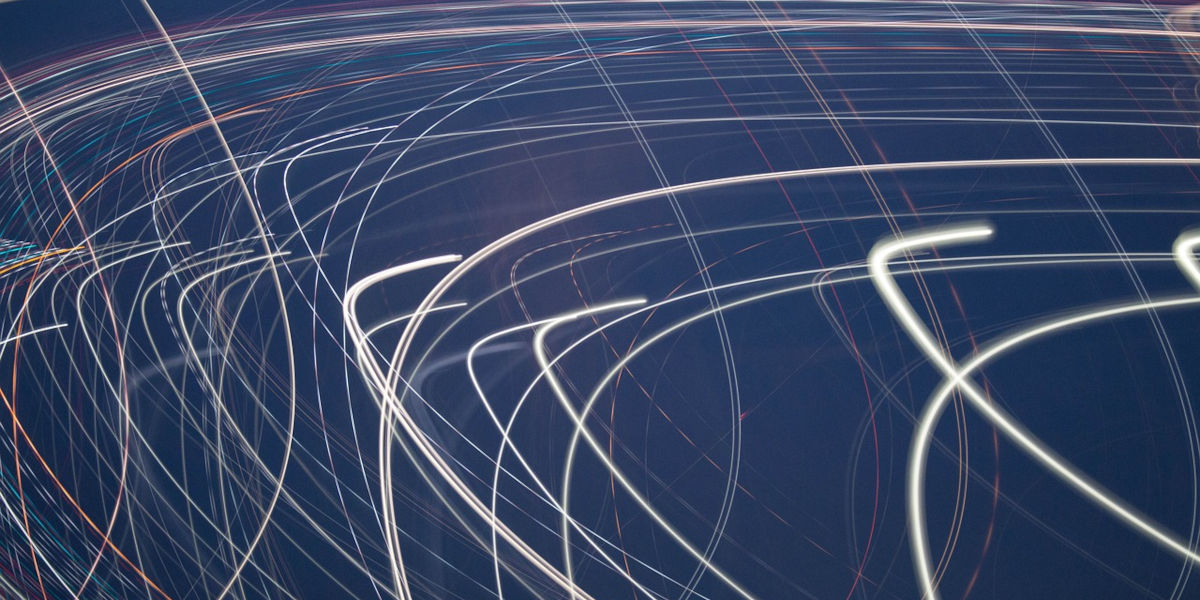Picture yourself standing on the rim of a vast scientific frontier. You're peering into the horizon of the vast universe and there rests a concept, whispering sweet theories among academics - a concept that's beyond the speed of light. “What is a tachyon?” this whisper might ask. So, shall we step into this enigmatic realm where science is on the brink of fantasy?
What is a Tachyon?
A tachyon, derived from the Greekword 'tachys' meaning swift or fast, is a hypothetical particle suggested by the theories of relativity. The notion of such entities was first introduced by physicist Gerald Feinberg in 1967. His thesis suggested that in the spacious field of quantum mechanics, there exists a realm where these particles can perpetually surpass the constraining speed of light. Centuries of scientific knowledge led us to believe that nothing can go faster than light, and yet, the concept of these tachyons challenges this very foundation.
Tachyons are defined by their so-called 'superluminal' speed, a quantifier sufficient enough to portray the break-neck velocities these particles could possess. Superluminal speed fundamentally refers to movements that procure velocities beyond the threshold barrier of ordinary light speed – approximately 299,792 kilometers per second. Such speeds can only be theoretical at this point as they baffle current scientific consensus and breaching these barriers could potentially open up doors to new dimensions or tweak the course of time itself as postulated in Einstein's theory of relativity.
Can Tachyons Travel Faster Than Light?
This is where things take a fascinating turn. Under the prevalent umbrella of classical physics, the unequivocal answer would be a resounding 'No.' According to Einstein's Special Theory of Relativity, it’s impossible for any informational signal or object with mass to achieve or exceed the speed of light. Doing so would require an endless surge of energy, which is physically untenable. As a particle approaches the speed of light, the energy required to further accelerate increases close to infinity, making it practically impossible to pass this 'light speed barrier.'
Yet, tachyons, should they exist, are exempted from such conventionalities. In the context of tachyons, the 'light speed barrier' would be the slowest velocity they might achieve, opposed to the maximum limit for other objects. Tachyons are conjectured to be born at superluminal speeds and are argued to slow down to light speed at the cost of infinite energy. This is indeed a topsy-turvy interpretation of our conventional understanding of speed, time, and reality.
A Deep Dive Into Tachyons
To understand the science behind tachyons, we need to dive deeper into the realms of Einstein's Theory of Relativity. Special relativity states that as objects accelerate close to the speed of light, their mass increases exponentially until it becomes infinite at the speed of light preventing anything to exceed this natural "light-speed" barrier. Here enters the science-fiction-sounding but mathematically possible world of tachyons.
Tachyons have a property known as 'imaginary mass', which makes their mass decrease as they accelerate and reach infinitely lightweight, instead of becoming infinitely heavyweight when their speed approaches light speed, as per the case with regular particles known as 'tardyons'. The imaginariness is a mathematical concept here. This means that the square of the tachyon's speed would be a negative number, thus the name 'imaginary'.
Tachyons and Quantum Mechanics
Quantum mechanics aggravates the weirdness of these particles. A tachyon transmitting light-speed is believed to cause a sudden shift in the ground state — or vacuum state — of the Universe. Known as 'tachyonic condensation', this is a mechanism that leads to the decay or destruction of the false vacuum.
The idea suggests that the Universe exists in a vacuum state and, contrary to our regular thought, it’s not empty but teems with particles and antiparticles. These are continuously produced and annihilated with varying energy levels. Consequently, if tachyons were to exist and propagate above the 'light speed' limit, they could induce a significant change in the vacuum state, leading to a potentially new Universe formation.
Final reflection
Despite a flurry of calculations and hypotheses, there stands a paramount question: Have we ever observed a tachyon? Truth told, we haven't. And, not remarkably, their existence remains within the realms of physics equations and mathematical probabilities until that day comes. Even though tachyons are a fascinating concept that could unlock new doors in understanding the fabric of our Universe, we are yet to find genuine empirical evidence of their existence.
Regardless, the study of tachyons and their implications gives a vibrant color to our understanding of the Universe, bridging the gap between the realms of theoretical physics and the world of science fiction, thus pushing the boundaries of our limited understanding of the cosmos and its bewildering mysteries.




